European
Latest articles
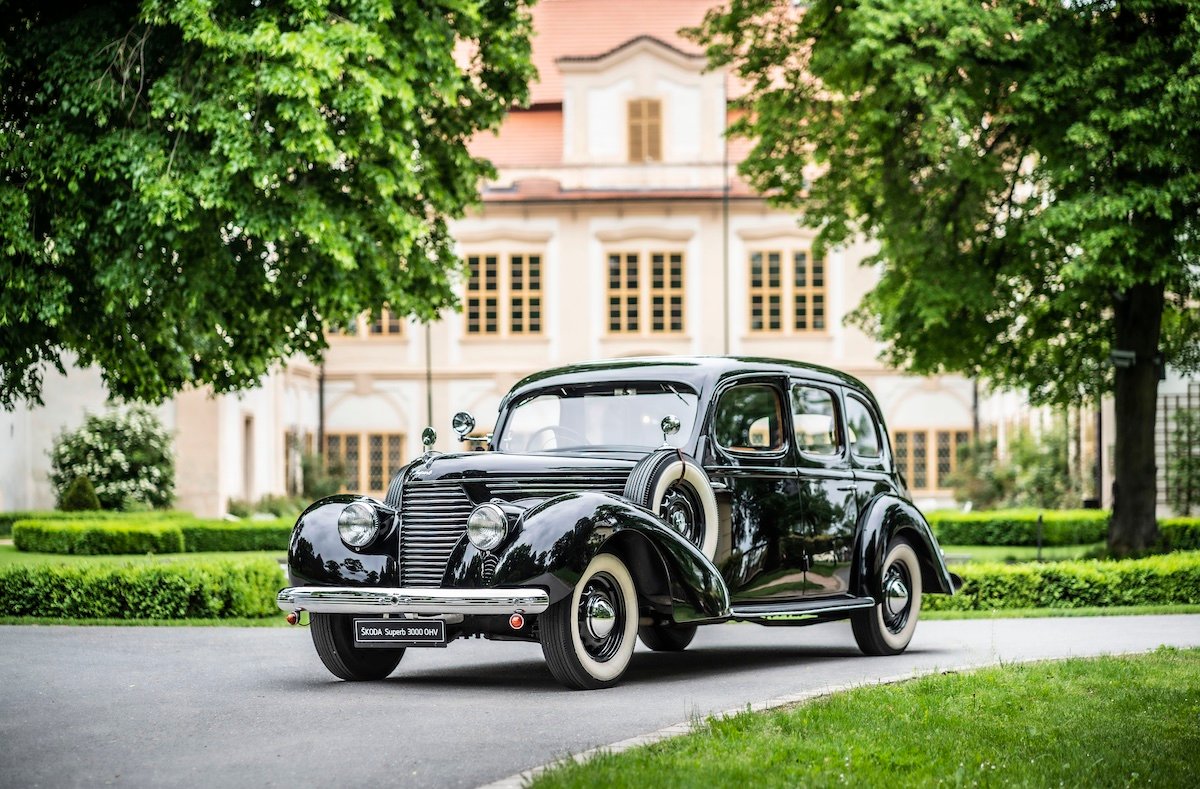
Celebrating 90 years of the Škoda Superb
The Škoda Superb may only be a relatively recent addition to the Australian automotive landscape, having first launched here in 2010, but 2025 marks 90 years since its debut in its homeland, then-Czechoslovakia.

BMW vs. Japan: The late ’80s showdown that reshaped the luxury car market
The 1980s saw a number of Japanese carmakers foray into the luxury sedan market, particularly in America where Honda launched Acura and Nissan launched Infiniti, but it was when Toyota launched Lexus in 1989 that it gave the likes of BMW a real run for their money, rewriting the luxury car rulebook in the process.
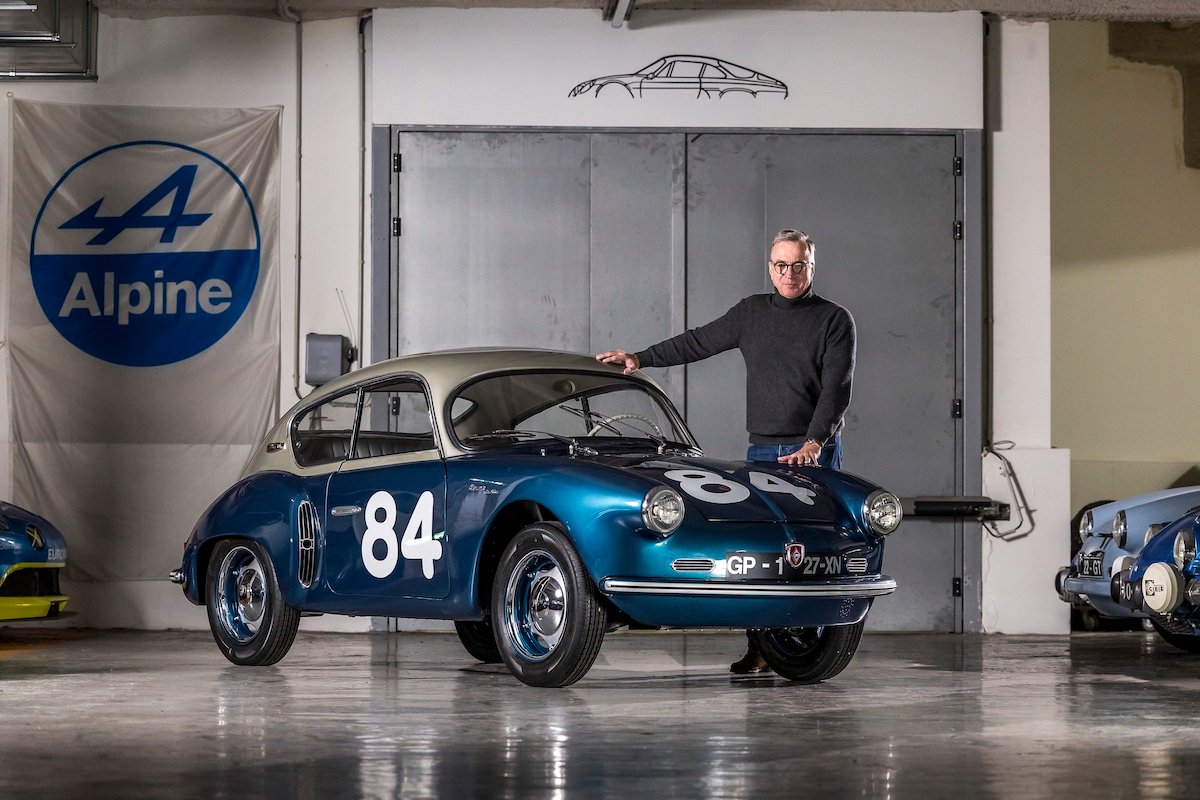
Alpine celebrates its 70-year history with new video series
Almost 70 years ago in July 1955, Renault dealer and rally driver Jean Rédélé created Alpine. Originally a standalone brand, the mission was simple: to create a French sports car brand based on Renault powertrains.
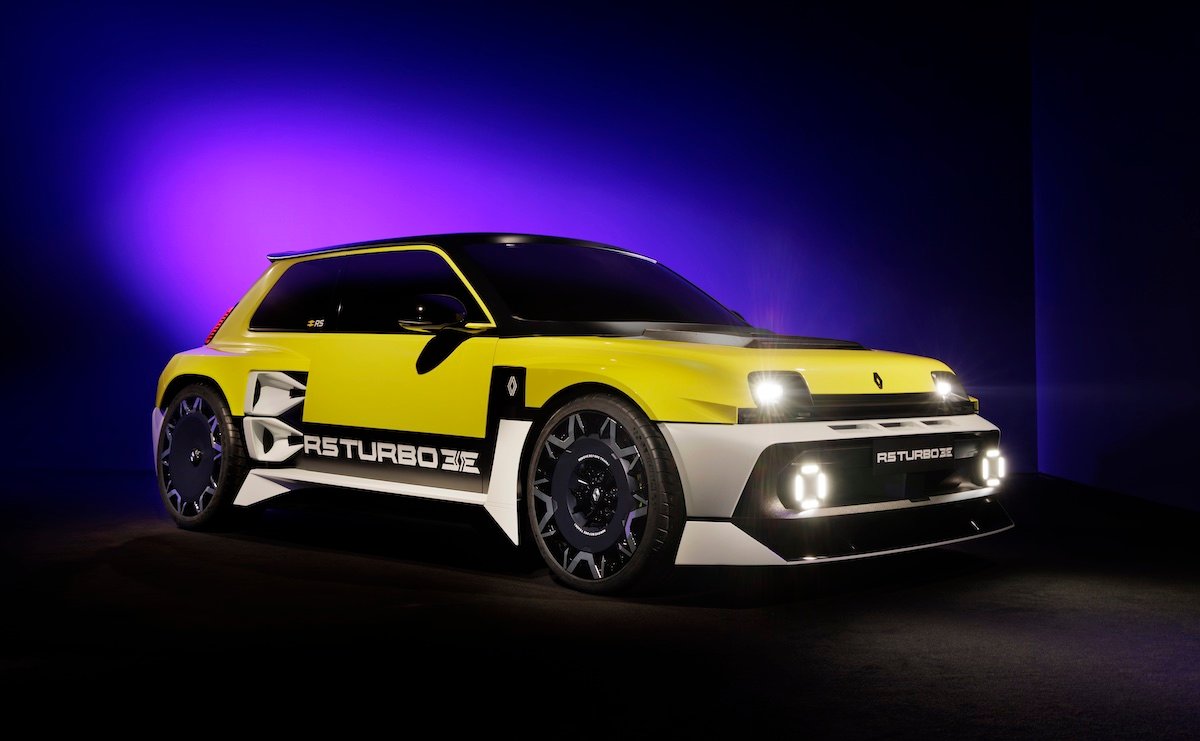
The legendary Renault 5 Turbo returns as an electric ‘mini-supercar’
Renault is billing its new, electric R5 Turbo as “a beast of a car built for rallying, drift and track performance, adapted for the road”.
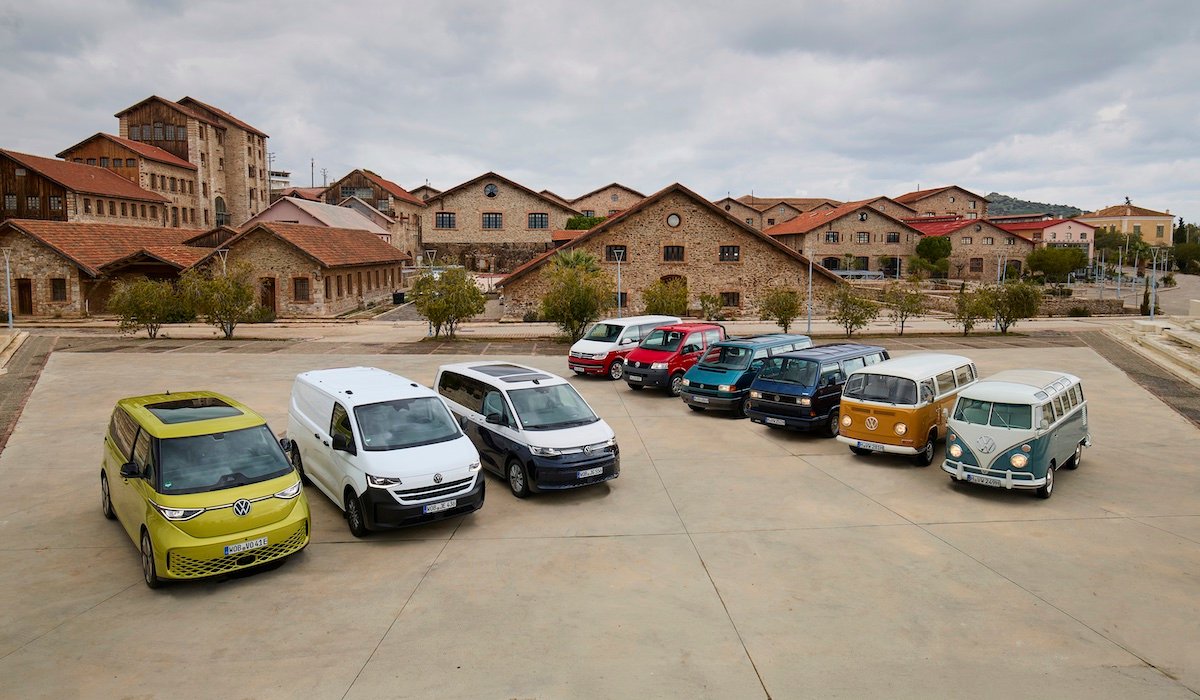
Celebrating 75 years of the Volkswagen Bus
The iconic Volkswagen Bus has been moving people and goods worldwide since 1950. The success of the VW Bus is unique in automotive history, standing as a symbol of the ‘economic miracle’ that was post-WWII Germany, of the hippie movement, and to this day of reliability, freedom and adventure.
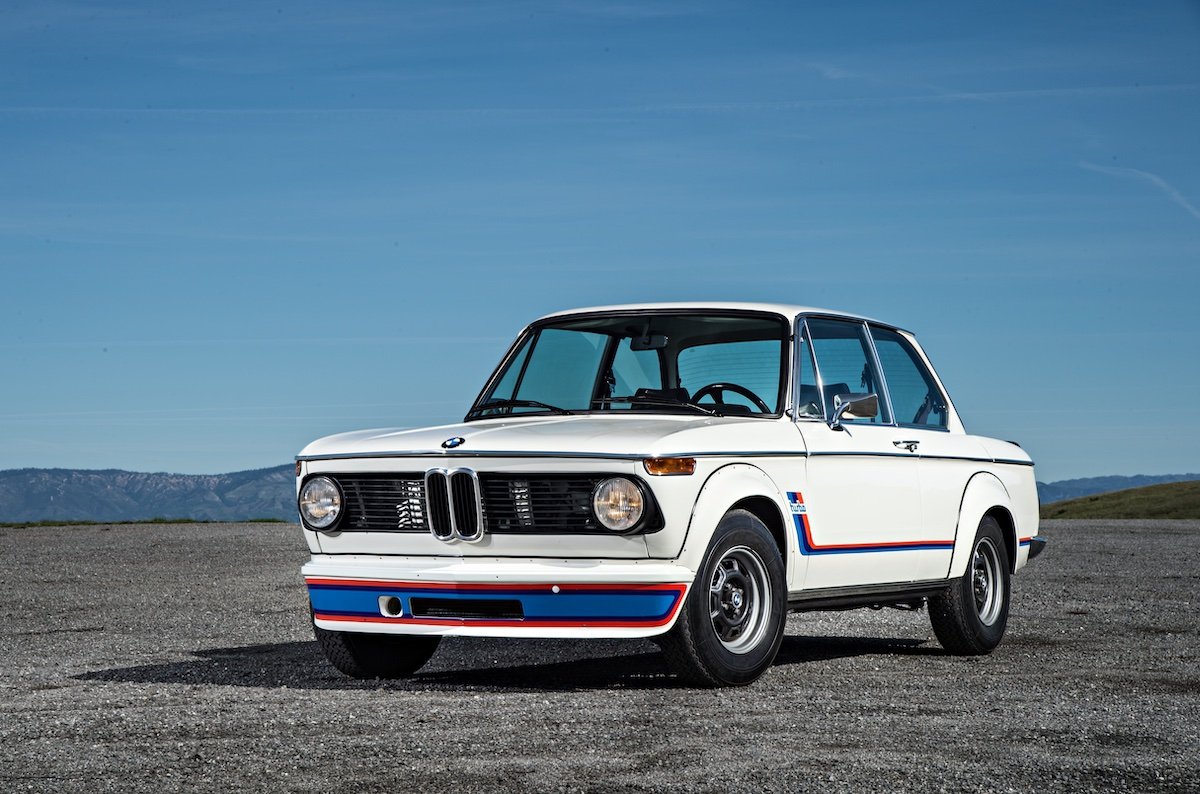
Rear View: BMW 2002 Turbo
Weighing just over 1000kg and punching out a lively 127kW and 241Nm from its force-fed 2.0-litre four-pot, the pugnacious BMW 2002 Turbo briefly terrorised far bigger and more powerful machines on German autobahns during the early 1970s.
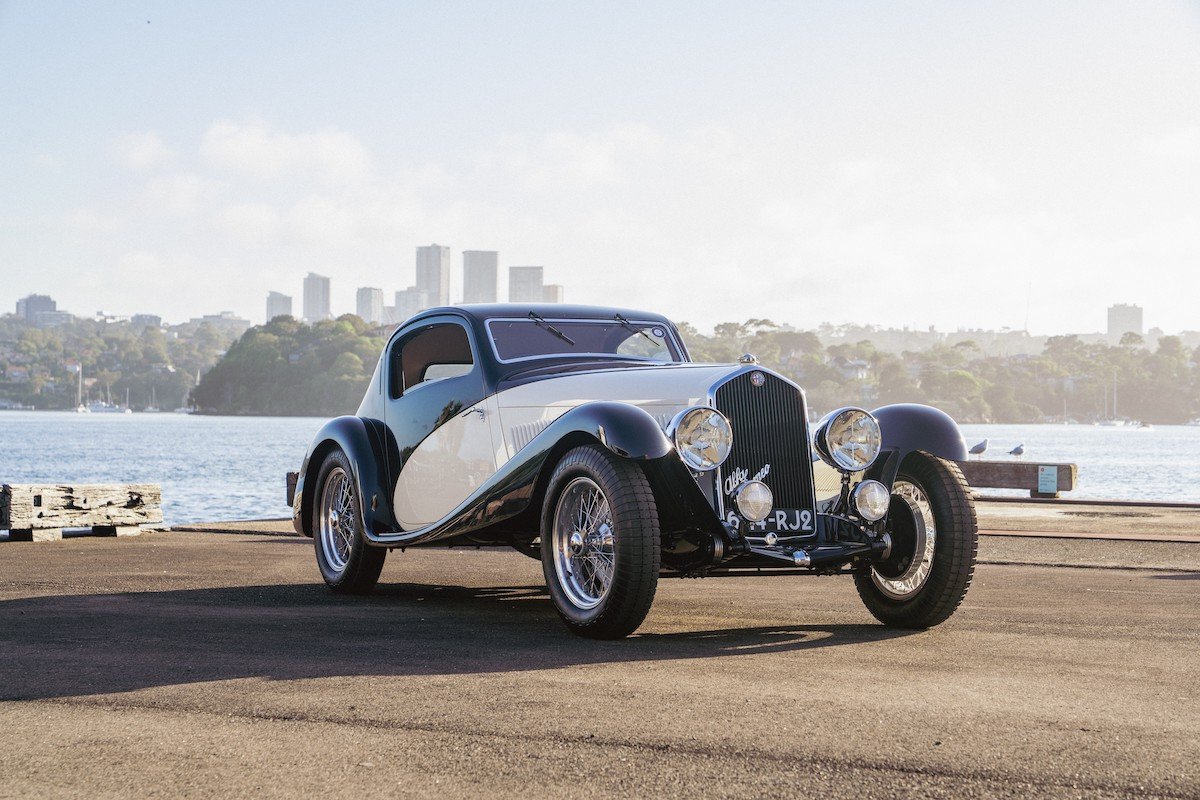
Classic Alfa Romeos claim top honours at Sydney Harbour Concours d’Elegance
Alfa Romeo took centre stage at the 2025 Sydney Harbour Concours d’Elegance, with one particularly stunning example of the Italian brand’s heritage claiming top honours.
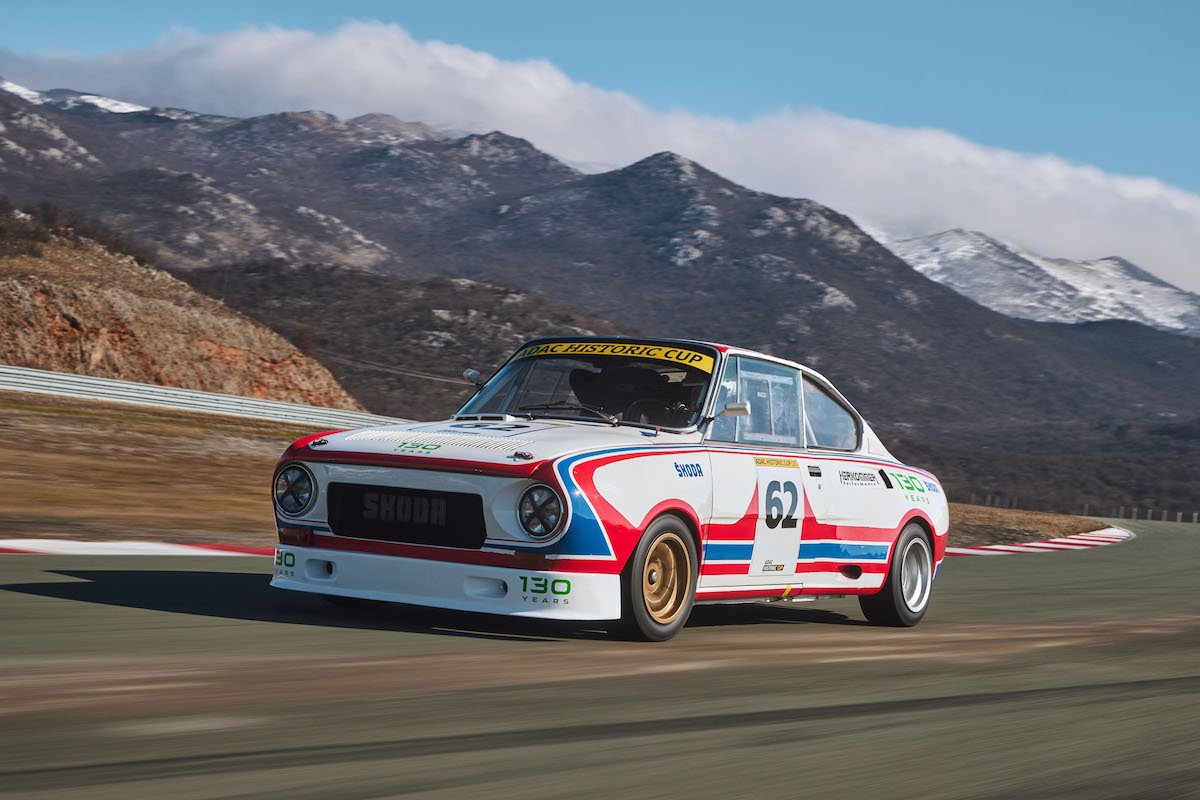
Legends: Meet the ‘Porsche of the East’, the Škoda 130 RS
Turning 50 this year, the Škoda 130 RS was a powerhouse in Czechoslovak motorsport during the 1970s and 1980s, winning numerous titles in both international rallying and circuit racing.
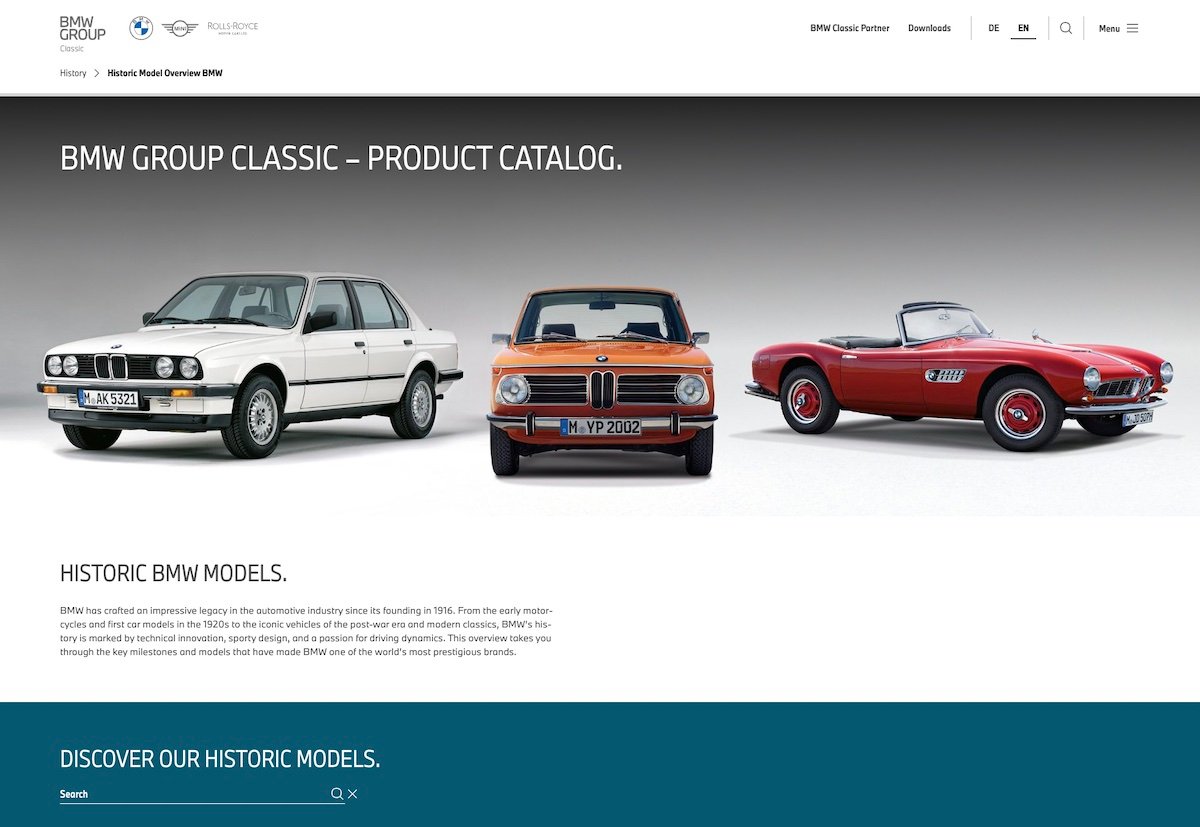
BMW launches comprehensive 424-car online archive
Looking to brush up on your automotive history, or simply in need of a way to kill some time? BMW has the answer, as it has finally launched a comprehensive 424-car online archive containing images and details of each historic model the Bavarians have built.
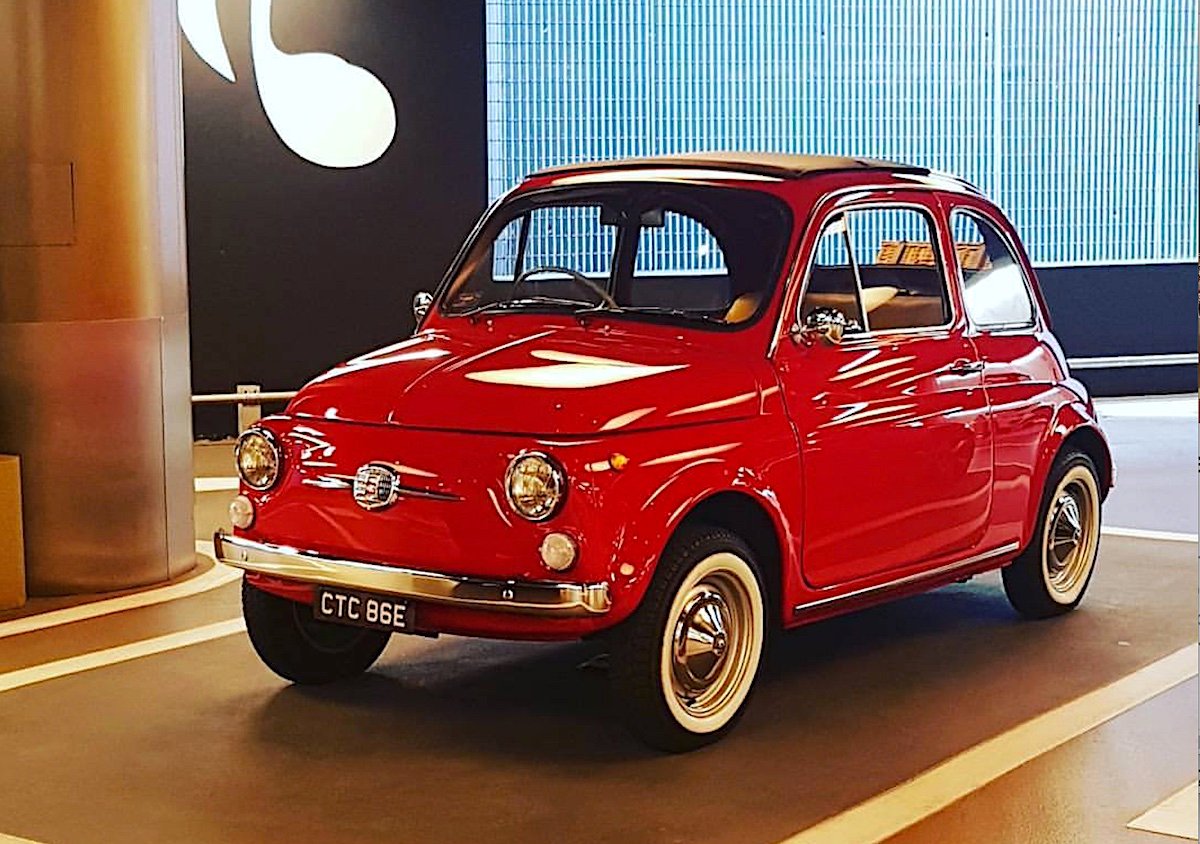
Top Tips for Buying a Used Fiat 500 (1957-72)
As a country renowned for large families, Italy was hardly the place to be selling miniature cars. Yet, the most successful Italian model of the 1950s was the tiny Fiat 500.